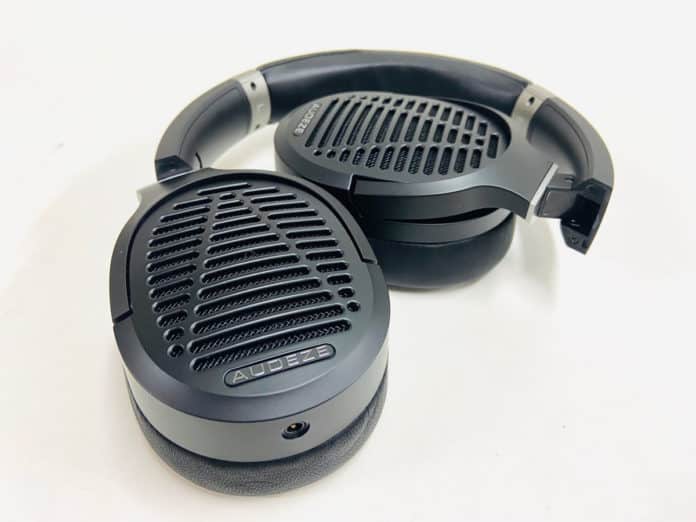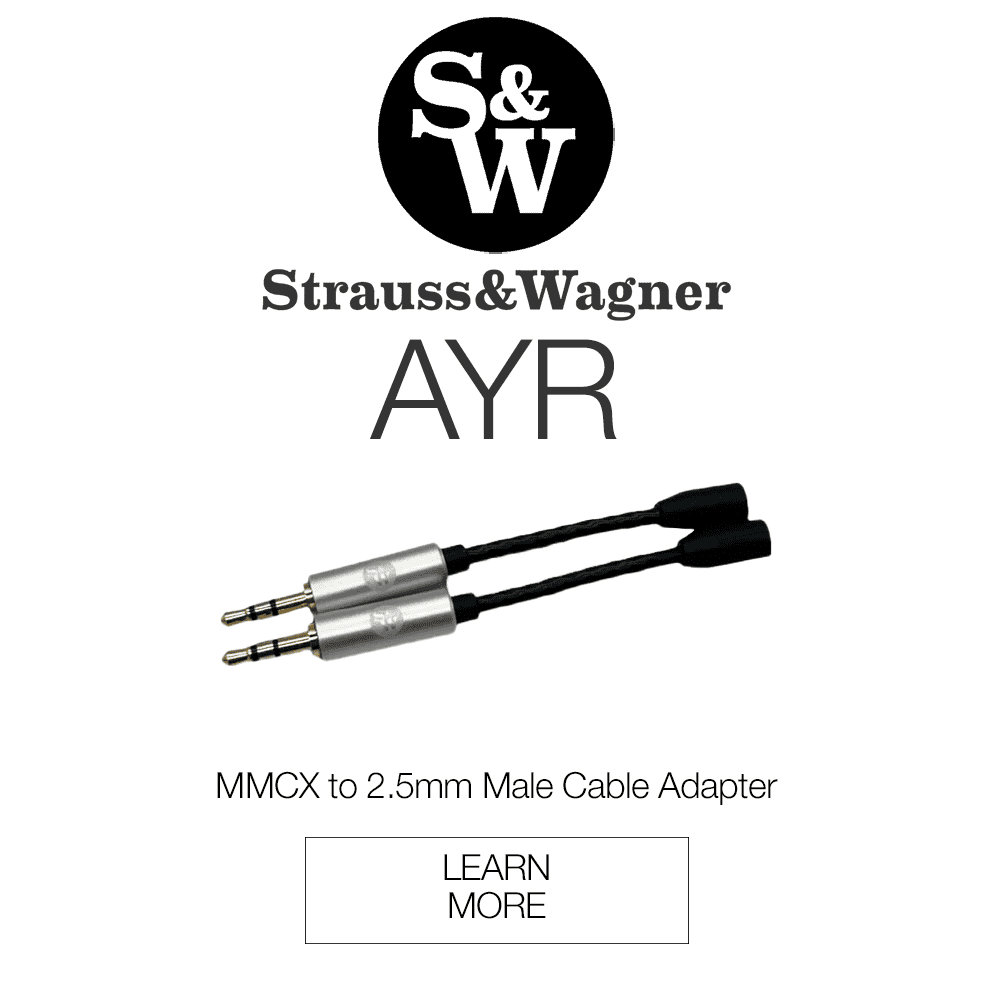As a musician, I’m always looking for the next studio toy to burn my money on. I’ve got a nice closed-back Beyerdynamic for my recording sessions. But there’s a gaping hole in my heart where a reasonably priced open planar reference headphone belongs. Indeed, this is a niche that has yet to be filled. So, I’m excited to give the LCD-1 a try. Does the LCD-1 deliver an honest mix? And is it any fun to listen to? Let’s take a look in this Audeze LCD-1 Review.
Audeze LCD-1 Review
IN the BOX
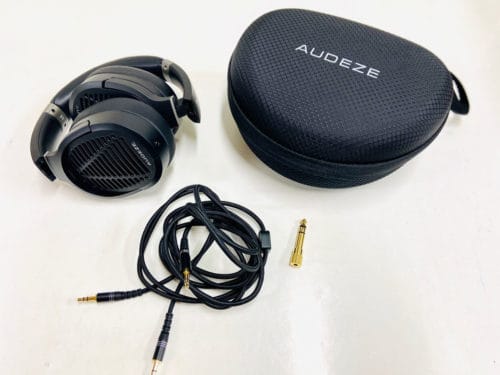
FIT
Very soft and pudgy earpads combined with a relatively firm clamping force makes for a comfortable and secure fit. The headband has some cushy padding too. And while usually, a “lightweight Audeze” headphone would be an oxymoron, the claim is true in this case. These can are indeed light. So, no need for neckbraces with this LCD model. The earpads aren’t incredibly roomy, but for my little ears they were just right.
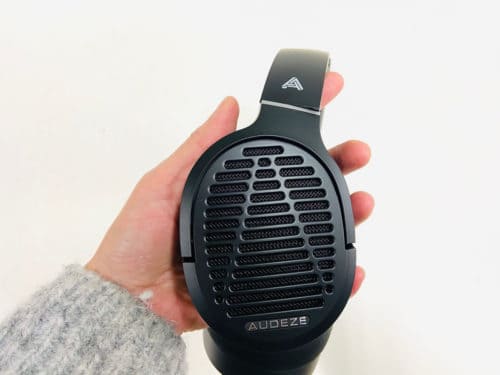
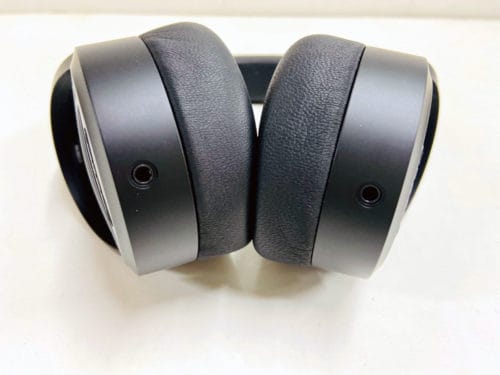
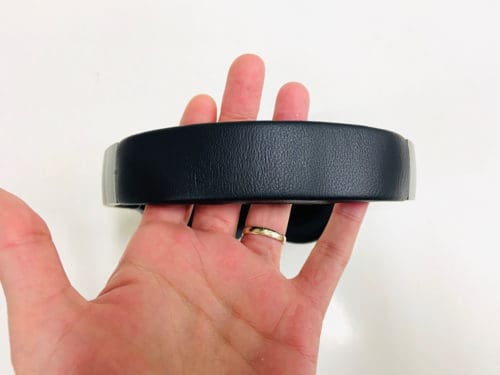
DESIGN
The LCD-1 sports 90 mm planar drivers. These cans are extremely easy to drive for planar magnetics. To see just how little power it needed, I hooked them up to my iPhone, and there was ample volume. But for the purposes of this review, I paired the LCD-1 with the iFi xDSD DAC/amp.
The LCD-1 comes with a 3.5mm detachable cable. The dual connectors are reversible, so you don’t have to fuss over which connector goes into which earcup. A soft material insulates the cable, giving it an easy, tangle resistant design. You’ll also find a ¼ inch adapter in the box.
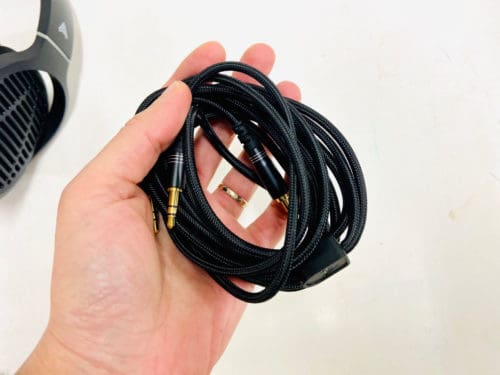
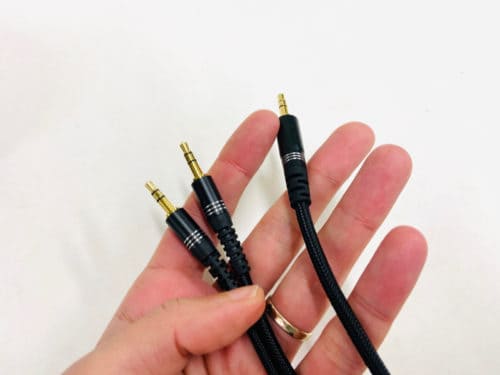
The LCD-1 is also very portable, and easily folds into a little handful.

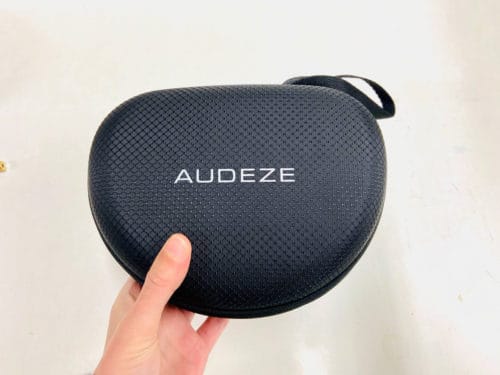
SOUND
Lows
In the bass frequencies, the LCD-1 reveals an honest representation of the mix, while being generous enough to show us a good time. That is, pop sounds the way pop should sound; the bass is abundantly apparent and punchy without stealing the whole show. And warm rock tracks sound, well…Warm. Make no mistake, the Audeze low-end is there. So, there’s certainly no sterile neutrality here. (Personally, I think the term “neutral” too often means stingy in the bass department. And when you use an overly “neutral” headphone while mixing, it can result in an overblown bass in your track). That being said, the level detail may be less than OCD transparent. So, those who are used to an Ultrasone type clarity in their reference headphone may want to stick with what they already have.
Mids
The mids are balanced exactly the way a reference headphone ought to be. The whole midrange spectrum has plenty of presence. And low and high mids are given virtually equal attention. So, mixers certainly won’t get any FOMO while listening to their work. And for this reason, audiophiles who like a full-bodied sound will be pleased as well.
Balance aside, that robust planar flavor is definitely there. Again, it doesn’t have the crystal clean, lean feel of a dynamic reference headphone at this price point. Rather, it sports a thicker, weightier profile. And the LCD-1 almost seems a little veiled until the volume reaches higher levels. (And despite the low impedance, I think it needs the juice of a nice DAC/Amp or digital interface to reach its intended potential). That’s not to say that separation is less than solid for this price point. It’s just not the reference headphone I’m accustomed to.
Highs
No sparkle. In fact, the highest peaks feel almost blunted, and the whole sound signature leans on the heavier side. So, the good news is that there’s little fatigue during long mixing sessions. Listening to violins in this range, the hard edges feel a little softened, and again, the presentation feels less than pin-point. But this easy listening sound may be a welcome feature for audiophiles looking for an enjoyable listening experience.
Soundstage
Unsurprisingly, the LCD-1 delivers a holographic soundstage, and perhaps one of the most fun I’ve listened to at this price point. Though not incredibly vast, the soundstage has ample dimension, and you can rest assured that you’ll have instruments flying at you from every angle. So, in terms of imaging, the LCD-1 won’t disappoint.
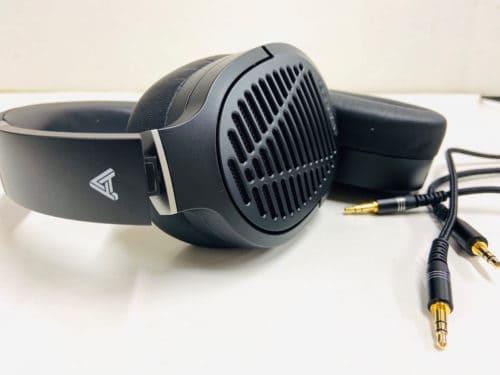
PROS and CONS
Pros: Tastefully balanced and mostly reliable to mix with; entertaining soundstage; more fun and robust than your conventional reference headphone.
Cons: Level of detail may not match the precision of the more famous dynamic reference headphones at this price point.
SUMMARY
With respect to balance, I think I could trust these cans with my mix, even though they’re not the most accurate reference headphones I’ve tested at this price point. But I’d take this compromise if it meant that I could use my cans for listening enjoyment as well. Though less clinical, the LCD-1 is richer and more charismatic than a dynamic driver reference headphone. So, if you’re a music professional who is also looking to have a good time, the LCD-1 is a solid option.
You can find the Audeze LCD-1 for the best price here:
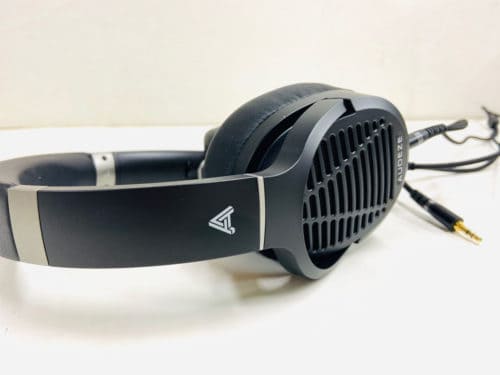
MajorHiFi may receive commission through online offers.
Compare the ranking of various headphones, earbuds and in-ear monitors using our tools.
Discuss this, and much more, over on our forum.
---MAJORHIFI may receive commissions from retail offers.


